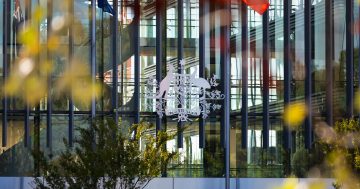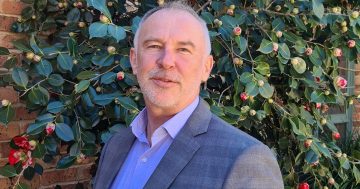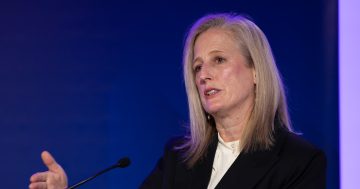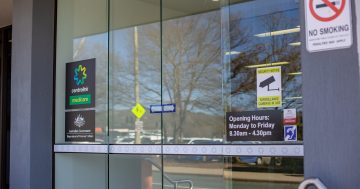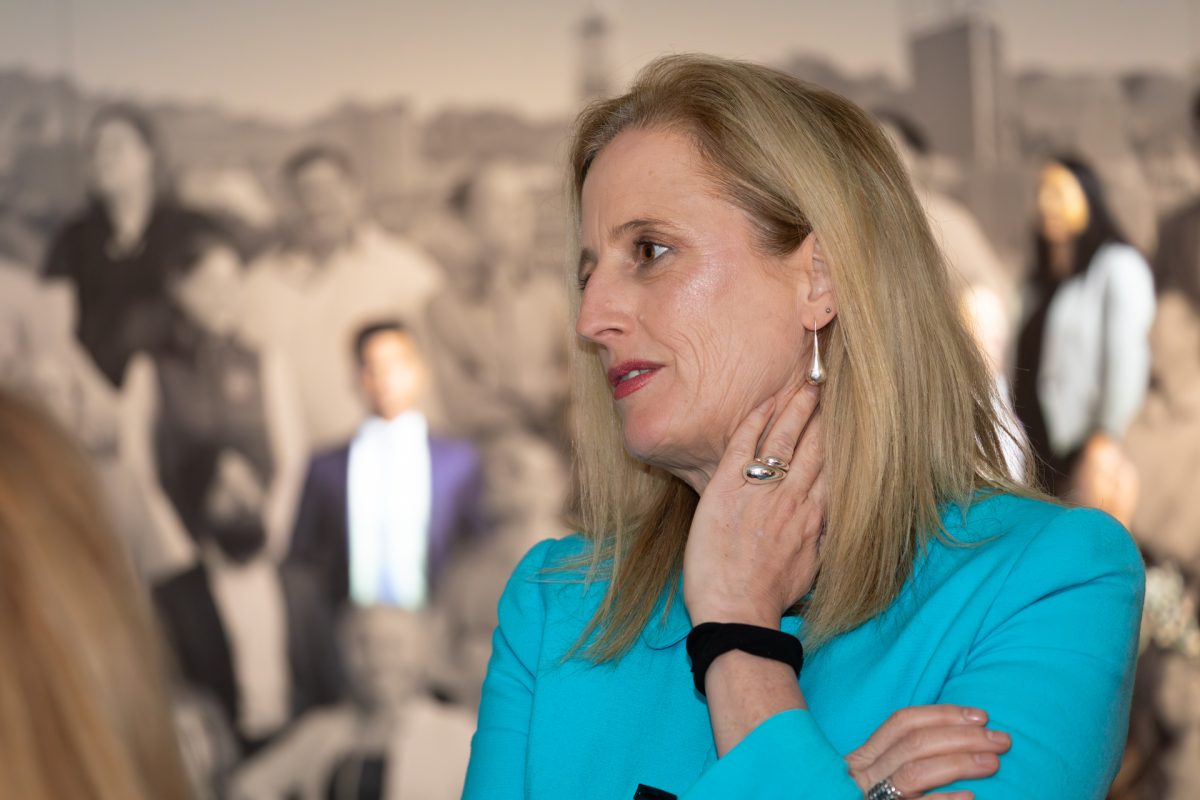
Public Service Minister Katy Gallagher has welcomed gender parity being reached for SES2. Photo: Michelle Kroll.
The Australian Public Service is reaching gender parity across classifications, with the proportion of female employees equalling that of male employees at most levels.
A breakthrough of note is the Senior Executive Service band 2-level where women now fill 50.1 per cent of positions.
Employment data just released by the Australian Public Service Commission show that as of June this year, gender parity has been reached from APS1 through to SES2 levels.
The SES band 3 cohort is continuing an upward trend and nearing parity at 47.4 per cent.
With a relatively low number of SES3 roles, it will only take the appointment of four more women for parity to be reached at that level.
At 30 June this year, women accounted for 60.4 per cent of the APS workforce, as they did the year before.
But the overall employee numbers grew 6.9 per cent to 170,332, an increase of 11,041.
Over the last year, 58.5 per cent of ongoing employees entering the SES were women.
The proportion of women at the SES1 level has reached 54.7 per cent, making the total proportion of women across the three SES bands 53.4 per cent.
Public Service Minister Katy Gallagher welcomed the milestone.
“The fact that women have achieved parity at every level from APS1 to SES Band 2 is certainly reason to celebrate,” she said.
“The Albanese Government has said since day one that we want the APS to be a model employer, and as the Minister for the Public Service and the Minister for Women, it gives me great pride to see our public service leading by example.
“This isn’t just about representation, it is also about women’s economic equality and ensuring that women are being afforded the same leadership opportunities that their male counterparts are and the pay packets that come with those roles.
“Earlier this year, I announced that the APS’s gender pay gap hit a record low of 5.2 per cent and I look forward to continuing to drive gender equality in the APS through bargaining outcomes and parental leave reform in response to the APS commissioner’s review of the Maternity Leave Act.”
According to the data, the year-on-year increase in the overall workforce is mostly due to an increase in the number of ongoing employees, which grew by 10,226 (7.3 per cent).
The number of non-ongoing employees increased by 815 (4.4 per cent) over the financial year, and as at 30 June 2023 made up 11.3 per cent of the APS.
Between 1 July 2022 and 30 June 2023, there were 22,031 ongoing employee engagements (an increase of 22.3 per cent from 2021-22), and 11,798 ongoing employee separations (an increase of 5.9 per cent from 2021-22).
The APS separation rate for 2022-23 was 8.1 per cent, unchanged from the previous financial year.
There are 6002 First Nations employees in the APS, an increase of 49 employees from the previous year but a slight proportional representation drop from 3.7 per cent to 3.5 per cent.
There are 8734 people with a recorded disability employed in the APS, an increase of 702 employees.
The APSC tracks the size of the APS by measuring the headcount of APS employees. The current APS employment data release covers 99 agencies.
This data release complements the annual State of the Service Report, which draws on a range of information in addition to the biannual June data release.
Original Article published by Chris Johnson on Riotact.



